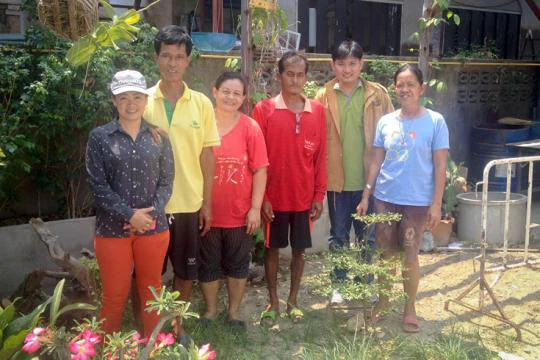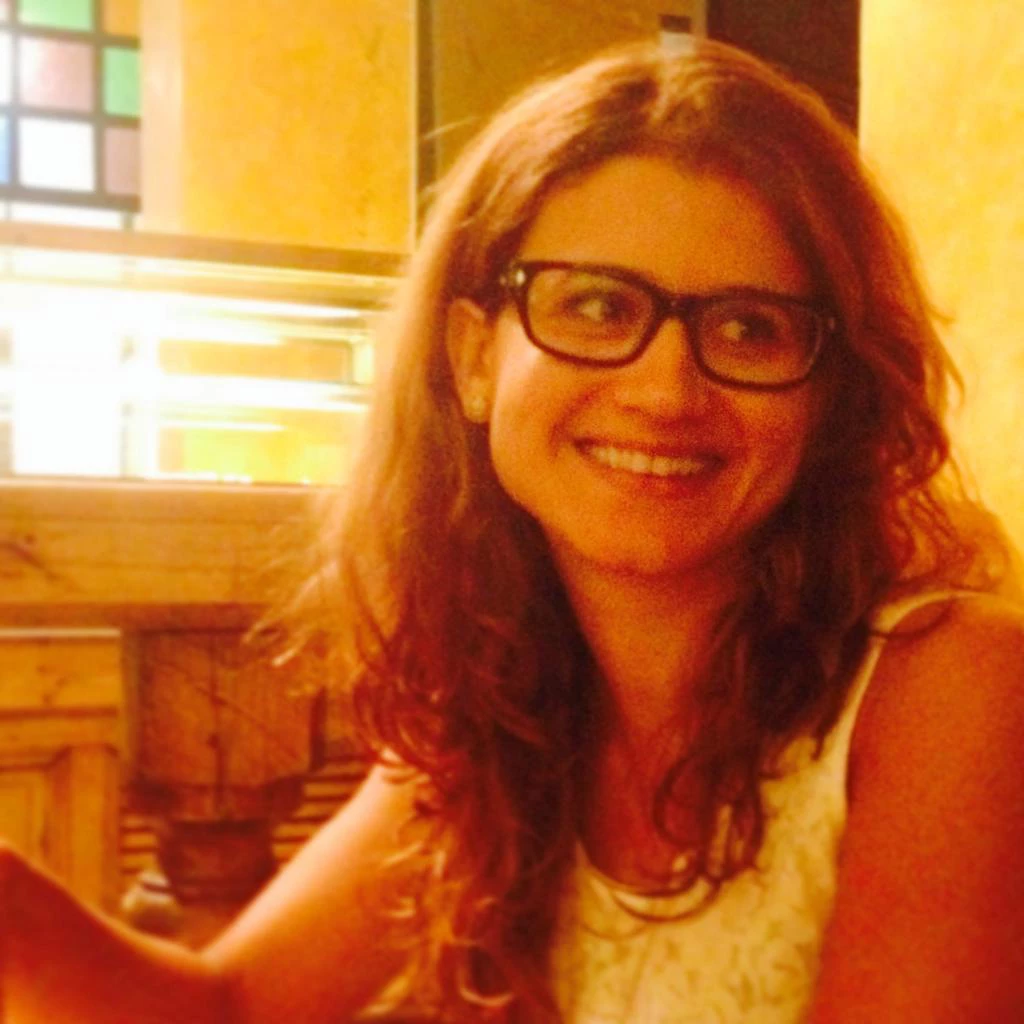In 2011, Thailand suffered the worst floods in half a century. The flood crisis impacted more than 13 million people. About 97,000 houses were damaged and entire villages and cities were under water for months.

House in Ayutthaya affected by the 2011 floods
Three years later, Thailand has been able to deal with the worst of the impacts but some of the poorest households are still struggling to recover. We visited 10 affected communities in Ayutthaya and Nakhon Sawan as part of the supervision of the Community-based Livelihood Support for Urban Poor Project (SUP). We could still see the water marks on their walls, damaged ceilings, and wobbly structures. The unrepaired houses stuck out but just as striking was the strong sense of community in the area. We were reminded that villagers came together to overcome the worst natural disaster most of them ever witnessed in their lives.
The flooding led to better disaster risk management in the neighborhoods that are most at risk. Local governments have taken the lead. But the disaster has also, just as importantly, mobilized ordinary citizens in some of the most deprived communities. Here are some of their stories:
Mr. Somnuek Niyai, from Tiewadasang community in Nakhon Sawan, told us about how he became known as the “Community Diver” during the 2011 floods. He would dive to up to two meters deep to shut off water valves that were forced open by strong streams. Left open, the valves could start leaking sewage into flood waters and harm his community even more. After that, neighboring communities started calling on Mr. Niyai for help.
Mr. Wattana Prasartnam-Ngnen, from Wat Khao community, told us about how he used his boat to rescue neighbors.
“I was fine and they were not. I wanted to help them because we shared the same difficulties”, he explained.
Ms. Panisra Malaphet says that the sense of community grew stronger and has helped them survive together: “Every household now sees this as a community priority. People are ready to share their ideas, to say what they are ready to offer”.
Mr. Niyai, Mr. Ngnen and Ms. Malaphet became community leaders. They want to help their neighbors organize themselves for future disasters and also rebuild what they’ve lost. At first, they prepared proposals for reconstruction work and looked for funding. However, their municipality did not have enough resources to cover what was needed.
Presently, they will join over 250 community committee members who will be developing housing improvements and small infrastructure proposals for their communities as part of the SUP. This is a joint initiative by the World Bank and Thailand’s Community Organizations Development Institute (CODI).
Left to right: Ms. Malaphet, Mr. Ngnen, Mr. Niyai and other community leaders from Nakhon Sawan
Since their communities were selected through the participatory selection process that was finalized by the end of March 2014, Mr. Niyai, Mr. Ngnen and Ms. Malaphet will receive training from CODI facilitators. After the training, they will be prepared to develop projects that will, for example, help to build a better disaster risk management system for their communities. They will also help select, in consensus with their neighbors, ‘priority beneficiaries’ or the families and individuals that were not able to rebuild after the floods.
The project implementation relies on CODI’s track record of successful community organization approach which has helped strengthen poor communities so they can own their own change. CODI, an independent public organization under the Thai government’s Ministry of Social Development and Human Security, has helped community organizations by supporting access to improved housing and livelihood activities in rural and urban areas since 1992.
“We bring people together”, said Mr. Narong Kridkajornkornkul, a CODI facilitator and coordinator for Nakhon Sawan province.
“Communities will brainstorm about what they want and need. I believe that, at the end of the project, we will see innovations emerge. Stronger relationships are already built.”
“If resources are limited, you have to mobilize your ideas to make better use of them. Communities will need to show consensus in the decision to rehabilitate a particular house, for example. So in the end, all will be spent for the common good.”
SUP was launched in October 2013. Over April and May 2014 community facilitators and leaders will receive training and start developing the first sub-projects.
Can you share any inspiring stories of volunteers that have organized themselves in preparation for future natural disasters?



Join the Conversation